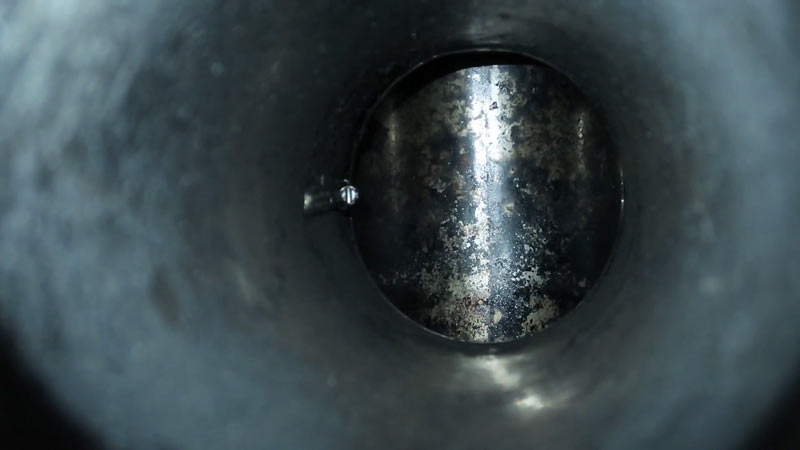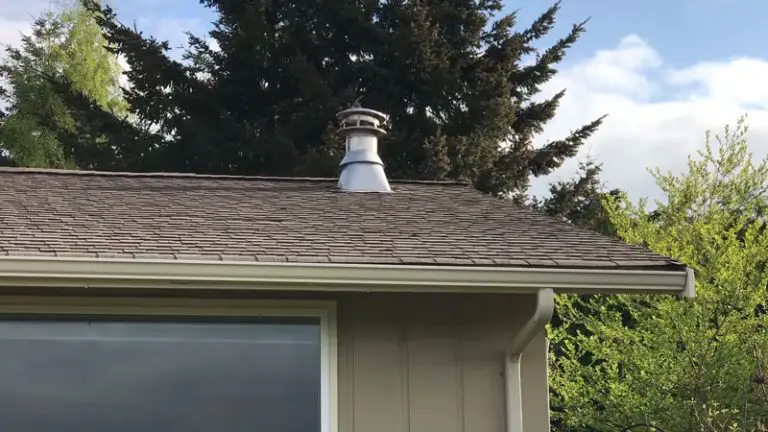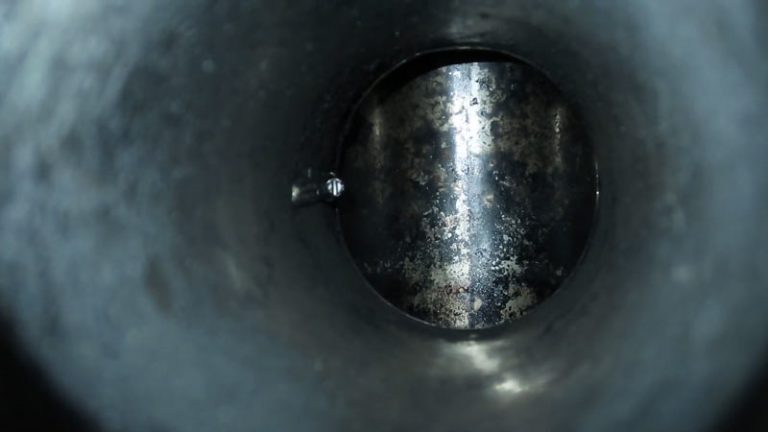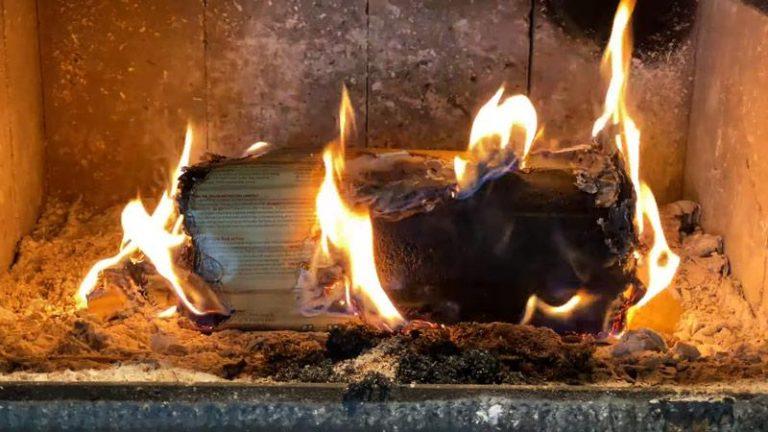How To Neutralize Creosote

After cleaning the bowl, pour a pot of boiling water into it and let it sit for five minutes to sanitize. Pour 1 cup of white vinegar into the bowl and stir until the smell is gone; repeat this process if necessary.
If you notice that the odor returns after 24 hours, wash your sink with warm soapy water and fill it with fresh cold water; place the bowl in it for 30 minutes to break up any mold spores left over from when you cleaned it previously.
Throw away contaminated materials such as produce and drain cleaners—you don’t want them contaminating other foods or surfaces in your kitchen. Follow these simple steps every time you clean your sink: wet down a cloth first, then use mild soap to lather up once again before rinsing off completely.
You'll Learn About
How To Neutralize Creosote?
To neutralize the smell of vomit, pour 1 cup of white vinegar into a bowl and place the bowl in a warm spot until the smell dissipates. If you notice that the vomitus has made an impact on surfaces inside or outside of your home, it is important to take swift action to clean up as soon as possible.
Do not try to scrub or wipe away vomit residue with water; this will only make matters worse by spreading bacteria around and causing further odor problems. Immediately after vomiting, rinse your mouth out with plenty of cold water for at least 20 minutes in order to help eliminate any traces of food from your system and reduce nausea symptoms immediately following vomiting episodes.
Repeat steps 2-4 if necessary in order to completely rid yourself of the nauseating stench associated with Regurgitation.
Neutralize the Smell
Creosote, a by-product of oil and gas combustion, is highly poisonous and can cause serious health problems if inhaled or ingested. One way to neutralize the smell is to pour baking soda down the drain followed by boiling water.
Vinegar also works as an odor eliminator; mix one cup with two cups of hot water and let it sit for a few minutes before using it in the home or office. If you’re dealing with a particularly strong creosote smell, consider using commercial products such as Febreze or Lysol spray cans that are specifically designed to remove petroleum-based odors from indoor spaces.
Finally, always ventilate your home well in order to prevent any build-up of fumes from taking place; open windows when possible during extreme weather conditions when creosote smells are at their worst.
Leave the Bowl Alone for 24 Hours
If you notice that the creosote has spread to other areas of your home, it’s important to neutralize it as quickly as possible. Here are four tips for doing so: Pour a pot of water on the fire and let it boil.
Use a brush or shovel to scoop up dirt and put it in the boiling water. Allow the mixture to cool, pour it over the creosote area, then cover with plastic wrap or heavy objects until the next day (when the rain will wash away any leftover chemicals).
If necessary, repeat these steps every two days for up to seven days total; make sure not to enter the area during this time. Once all traces of creosote have been eliminated, seal off any open spaces with new caulk or by painting over them with a protective finish.
Repeat Process If The Smell Remains
If the smell of creosote remains after following the repeat process, a professional may need to be called in for further assistance. Creosote is a hazardous substance that can damage your home and family if not properly handled.
There are various ways to neutralize creosote including using baking soda and vinegar combinations or hiring a professional cleaning company. Follow these simple steps every time you notice an odor from creosote:
- open all windows and doors, mix 1 cup of white vinegar with 3 cups of water
- spray the mixture into cracks around pipes and valves
- turn on all fans in your home, then wait 30 minutes before returning indoors
- open small vents near appliances instead of opening whole windows when airing out your house
- cover furniture with plastic sheets while leaving it outside for 24 hours
- use activated carbon filters attached to exhaust systems in homes affected by strong smells such as creosote
Remember to clean up any spilled materials immediately–this includes pouring down drains–to prevent flooding or other potential hazards.
How do you neutralize creosote from wood?
If you see creosote build-up on the wood, there are a few ways to neutralize it. You can use a chemical solution or sandpaper to remove the creosote, or you can heat the wood until it burns off.
Creosote is a by-product of wood burning that can accumulate on the surface of your wooden surfaces and cause problems with your car’s engine. To remove creosote from your wood, you will need to use baking soda and water.
Pour enough baking soda into a bowl or container to cover the area you want to clean, then fill the container with water. Soak the wood for at least an hour, stirring occasionally. After soaking time is up, scrub the area using a metal scraper in circular motions until all of the creosote has been removed.
Be gentle while doing this as overheating could damage your surface. If there are areas where creosote has built up very thickly, it may be necessary to apply a paste made out of baking soda and water before scraping it off with a metal scraper. Apply this paste gently using your hands or a paper towel before wiping away any residue left behind on the surface.
In cases where removing layers of creosote is not possible or impractical, another option would be to contact an expert who can help break down these stubborn deposits through heat therapy or chemical treatments – depending on their specific situation.
What will dissolve creosote?
One of the best ways to remove creosote from a wood surface is to use an acid. Acids such as hydrochloric or sulfuric will dissolve the creosote, leaving the underlying wood free of tar and other harmful chemicals.
Clean the Area
If creosote has built up on surfaces, it’s important to clean them off before attempting to dissolve the Creosote. You can use a stiff brush or a bucket of water and bleach to scrub the area clean. After cleaning is complete, pour vinegar onto the creosote and wait for it to dissolve.
Pour Vinegar on Creosote
Vinegar will help break down the chemicals that cause creosote build-up and may also help remove grease and other debris from the surface. Once you’ve poured vinegar over the creosote, leave it alone for at least 24 hours so that all of the chemical compounds have a chance to work their magic.
Wait for It to Dissolve
After waiting overnight, if you still don’t see any signs of progress, you can try pouring more vinegar overtop of what’s already there in an effort to speed up the dissolution process. However, be warned—overpouring could lead to further damage so take care when doing this.
Don’t Try This If You’re Unskilled
If you aren’t familiar with how chemistry works or are not willing/able to handle potentially dangerous substances like vinegar, don’t try dissolving your own Creosote yourself. Hiring a professional who specializes in removing building materials is usually your safest bet
What will eat creosote?
Creosote is a natural oil that is used in many industrial and household applications. However, if it builds up on surfaces or objects over time, creosote will start to eat away at the material it’s covering.
This can lead to structural damage and even collapse. Creosote is a type of petroleum-based oil that forms as a result of incomplete combustion in engines and other heat-generating equipment such as wood stoves, fireplaces, and heating systems.
The various animals that eat creosote are specifically designed to break down this type of oil into its constituent parts so that it can be absorbed by their digestive system. This process helps these animals to survive in environments where there is little vegetation or food available.
Jackrabbits, desert woodrats, and kangaroo rats all have specially adapted stomachs that enable them to digest creosote oils completely – even when the oil has been contaminated with gasoline or diesel fuel residue.
These animals also consume large amounts of cellulose which helps to break down the oily materials found in creosote deposits – making them an important part of the ecosystem when it comes to breaking down toxic substances.
Does burning aluminum cans remove creosote?
There is no definitive answer to this question. Some people believe that burning aluminum cans does remove creosote, while others say it doesn’t make a difference. The logs burn for a long time.
Ultimately, it’s up to the manufacturer of the can if they want to include a warning about using them as an open flame in order to prevent accidents and fires.
Burning aluminum cans does not remove creosote
Creosote is a type of tar that forms on surfaces when there is smoke and heat involved in the combustion process. It can build up over time and cause problems with your fireplace, stove, or chimney.
Clean your chimney regularly
A dirty chimney will allow particles from the burning wood to accumulate and form creosote on the inside of the brick or masonry structure. To clean your chimney:
- Remove all flammable materials near the firebox (charcoal, paper, etc.)
- Open all Windows and doors leading into and out of the room
- Extinguish any fires in other parts of the house before starting the cleaning process
- Use a Chimney Brush to dislodge any built-up soot deposits
To Recap
If you see creosote on your property, it’s important to neutralize the oil before it can do any damage. There are a few ways to do this: boiling water, using sodium bisulfite, or spraying with an EPA-registered herbicide.





